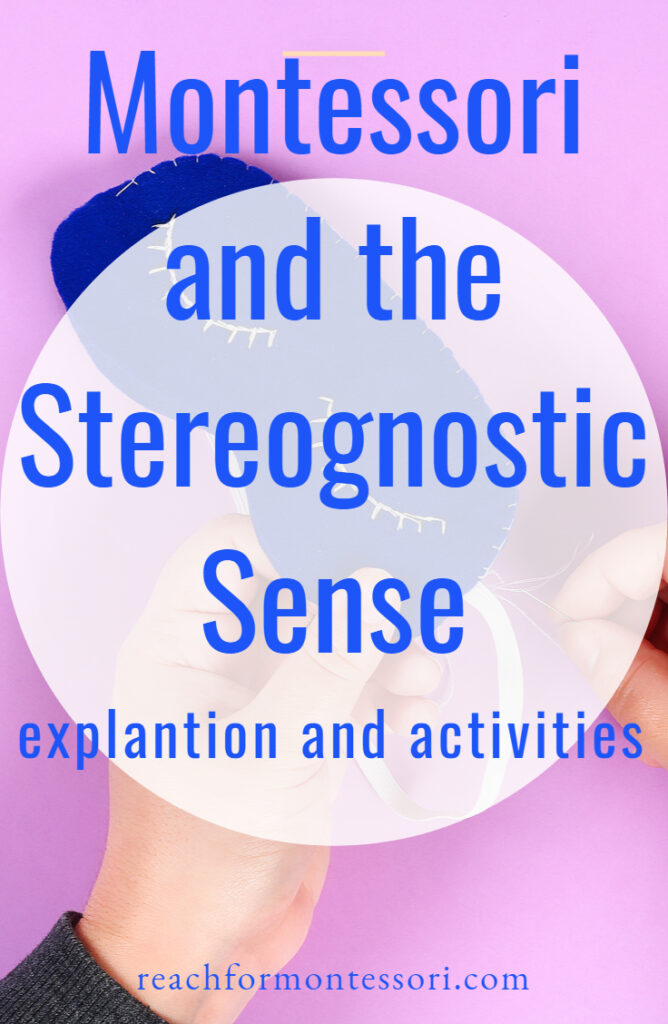This important sense, which is usually taken for granted, can be a powerful tool for blind people throughout their lives. In order to help facilitate stereognostic sense in Montessori education and other settings for children with disabilities, it's important that educators understand not only how stereognostic sense works but also its importance in everyday life.
What is stereognotic sense?
Have you ever wondered what stereognostic sense is? It's the ability to identify objects by touch. Stereognostic sense is also known as tactile or kinesthetic sensibility.
The Montessori learning environment, via Montessori sensorial materials and activities, helps children develop and refine their stereognostic sense.
Montessori activities help children refine their stereognostic sense by exposing them to objects and textures that they can feel.
These activities also help children develop stereognostic skills as well as the other senses, giving them a richer learning experience than would be possible with only visual input or tactile input alone.
Activities that help children develop stereognosis, the ability to recognize 3D objects through touch, can help them develop spatial awareness and build their understanding of the world around them.
Sterognostic activities are used in memory care environments for senior citizens, as well.

The best stereognostic activities for kids are the ones that introduce them to new textures or involve them in games that test their ability to recognize different shapes.
What is the difference between tactile and stereognostic sense?
Stereognostic sense can be a confusing concept at first because it involves the use of touch, just like the tactile sense.
It differs from the tactile sense because of the lack of visual or auditory cues, however.
What are some stereognostic activities?
The Montessori method uses a stereognostic sense to help children discern between different materials. Children are encouraged to touch and feel different materials and to compare them to one another.
In a Montessori classroom, teachers provide many opportunities for students to develop stereognostic skills: they give them objects and textures so they can explore by touch.
Sterognostic activities are performed by having a child manipulate materials behind their back, blindfolded, with their eyes closed, or by having a child identify objects inside a bag – without looking.
Montessori sensorial materials are often utilized for helping develop stereognostic sense. However, other materials can be used, as well.
Montessori stereognostic activities
- Mystery Bag (stereognostic bag)
- Geometric Solids
- Hide silverware in a pillowcase
- Knobbed Cylinder blindfold extension (many Montessori activities can be performed blindfolded)
- Discrimination of coins, grains (sorting tray)
- Long Red Rod blindfold extension
Stereognostic activities can be presented using sensory bins or nature trays. Anywhere you see an opportunity to help your child develop this sense, you can go for it.
What activities have you presented to your child that help them refine this all-important sense?
Cheers and don't forget to subscribe!
